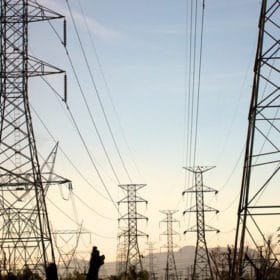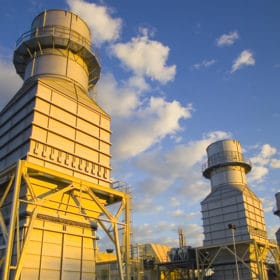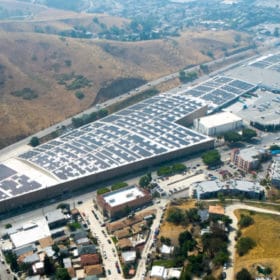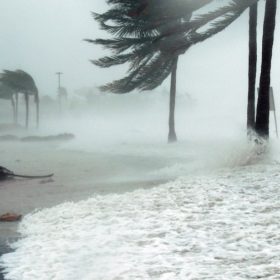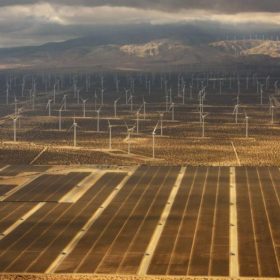Roth: Trump admin could end bifacial tariff exemption
The U.S. Trade Representative has not responded to the claim that it will end the exemption from Section 201 duties. If accurate this could be a loss for Asian PV makers and a minor loss for the larger U.S. market, but a positive for First Solar.
Opening markets to solar & wind could save billions in the Midwest
A new report by the Wind Solar Alliance estimates that reforms to electricity markets which it has proposed in the PJM Interconnection and Midcontinent System Operator (MISO) grids could save consumers $48-$49 per year by allowing more wind and solar.
The long view: an interview with Steven Zhu of Trina Solar
In this interview Trina Solar’s President of America Steven Zhu provides a longer perspective on the current U.S.-China trade war, and also speaks to the evolution of Trina’s offerings in the U.S. market.
Solar (and wind) help to keep the AC on in Texas
A recent report by the state’s grid operator shows that solar and wind helped to meet peak demand on days of peak power demand in August, including the scorching afternoon that set a new all-time record.
A plan to stay safe with lithium-ion batteries
In the aftermath of a high-profile fire at a lithium-ion battery facility, the Energy Storage Association has launched a model emergency response plan.
DTE’s zero-carbon pledge: ambition or greenwashing?
The Michigan utility is the latest to issue a carbon reduction goal which is not supported by its actions – particularly its choice to build a gas plant instead of potentially cheaper clean energy options.
Los Angeles still has a feed-in tariff. And it’s growing.
The California city’s municipal utility has approved an expansion of the largest feed-in tariff in the nation by 300 MW, with 50 MW to come online next year.
PVEL & Heliolytics team up for solar disaster investigation
The two companies have teamed up to provide an Incident Response service to help asset owners and managers recover from natural disasters, including providing data to file more accurate insurance claims.
SEIA calls for “radical market transformation”
The largest solar trade show in the Western Hemisphere opened last night with a political program by SEIA to push what it describes as radical market transformation, and an alliance with wind. But there are questions about what ambitious means, and what can be achieved.
From the editor: Solar growth – linear, exponential or accelerating?
In this op-ed pv magazine US editor Christian Roselund looks at the pattern of growth in the U.S. solar market, which he argues is an essential basis for considering solar’s future contributions to the electric grid and what kind of policy supports are needed.


